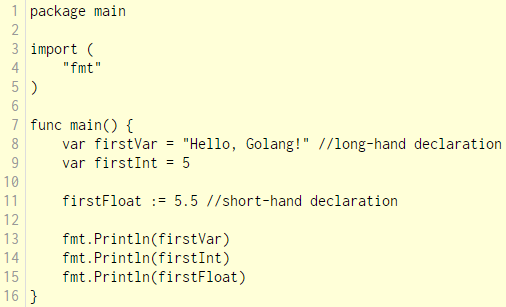

A particular Reader or Writer might be an operating system file. So make sure to call Flush() after the completed write to save the remaining data to the file. This is a Draft Design, not a formal Go proposal, because it describes a potential. In the code above the slice of the strings is taken as data and written into the CSV file using the writer obtained. First, we need to create the file for writing using the os package. Its writing functions do not save data directly to the file but keep it until the buffer underneath is full (default size is 4096 bytes) or the Flush() method is called. We will be able to write a CSV file in the same way we read the file. To do this, we can use bufio.Writer structure.


Read and Write take their byte counts from the length of the argument slice. Each write is a costly system call, and if you don’t need immediate file updates, it is a better idea to group these small writes into one. The files data can then be read into a slice of bytes. If you frequently write a small amount of data to a file, it can hurt the performance of your program. Package main import ( "log" "os" ) var bytes = byte Write to a file using a buffered writer


 0 kommentar(er)
0 kommentar(er)
